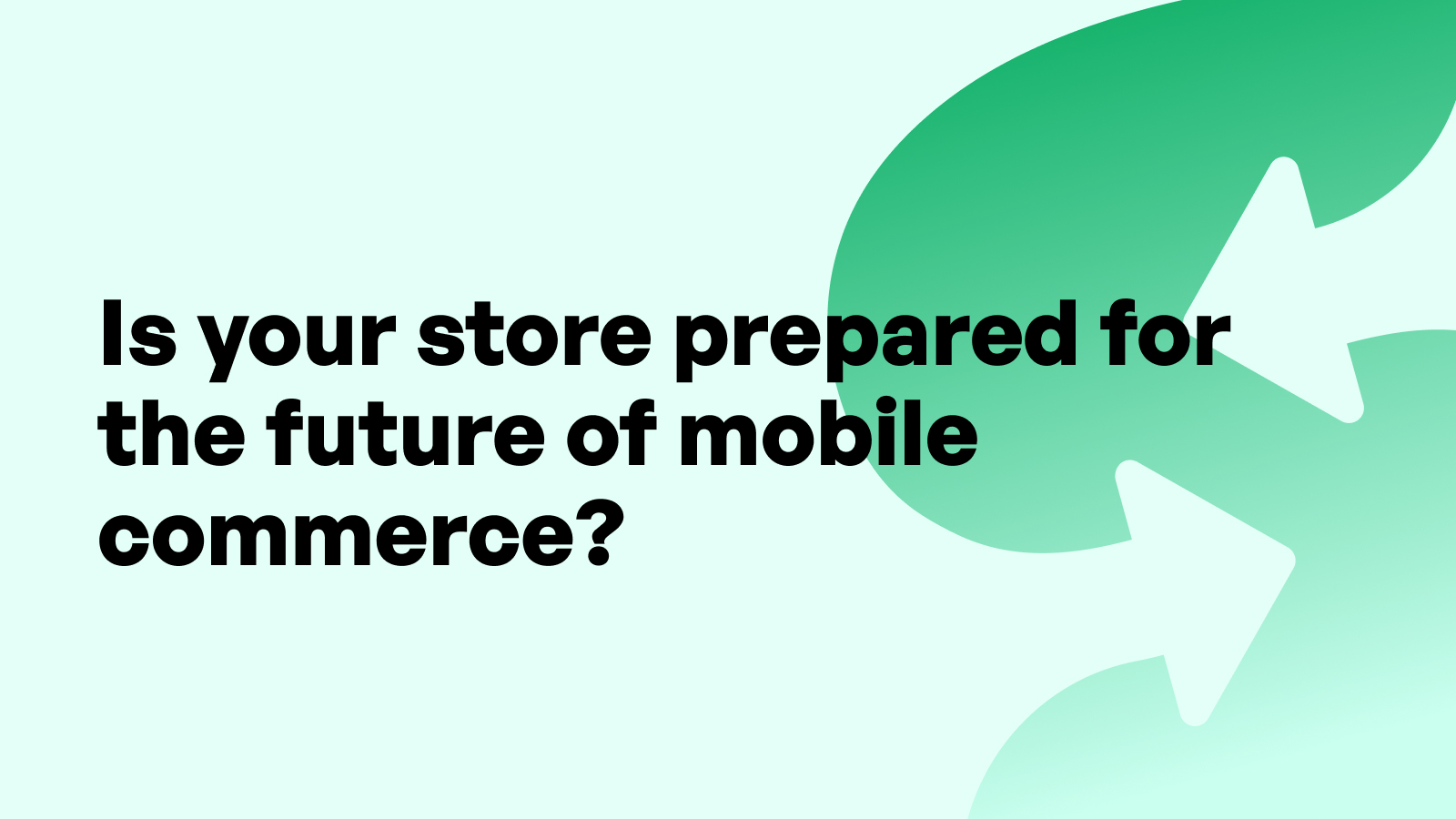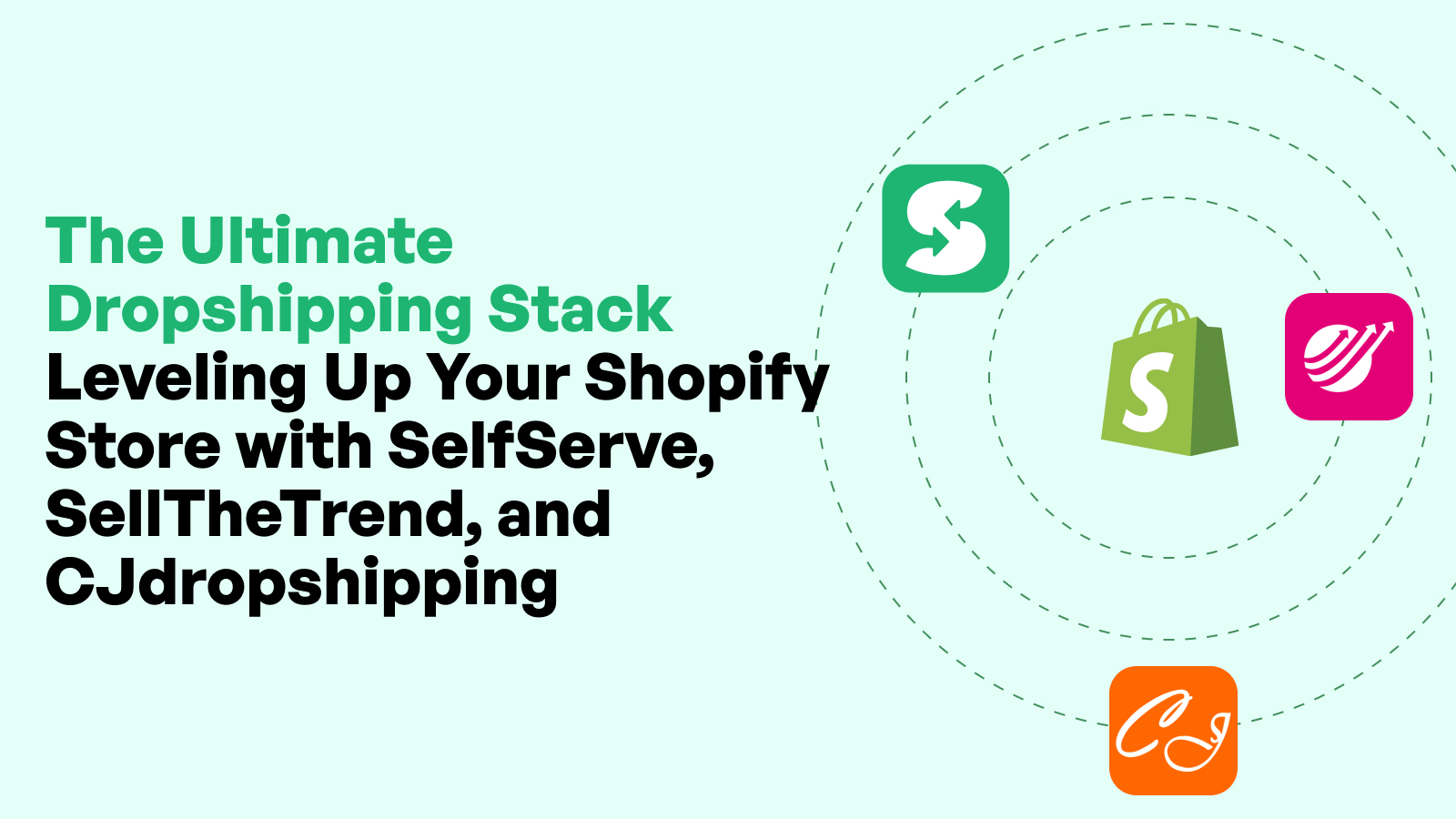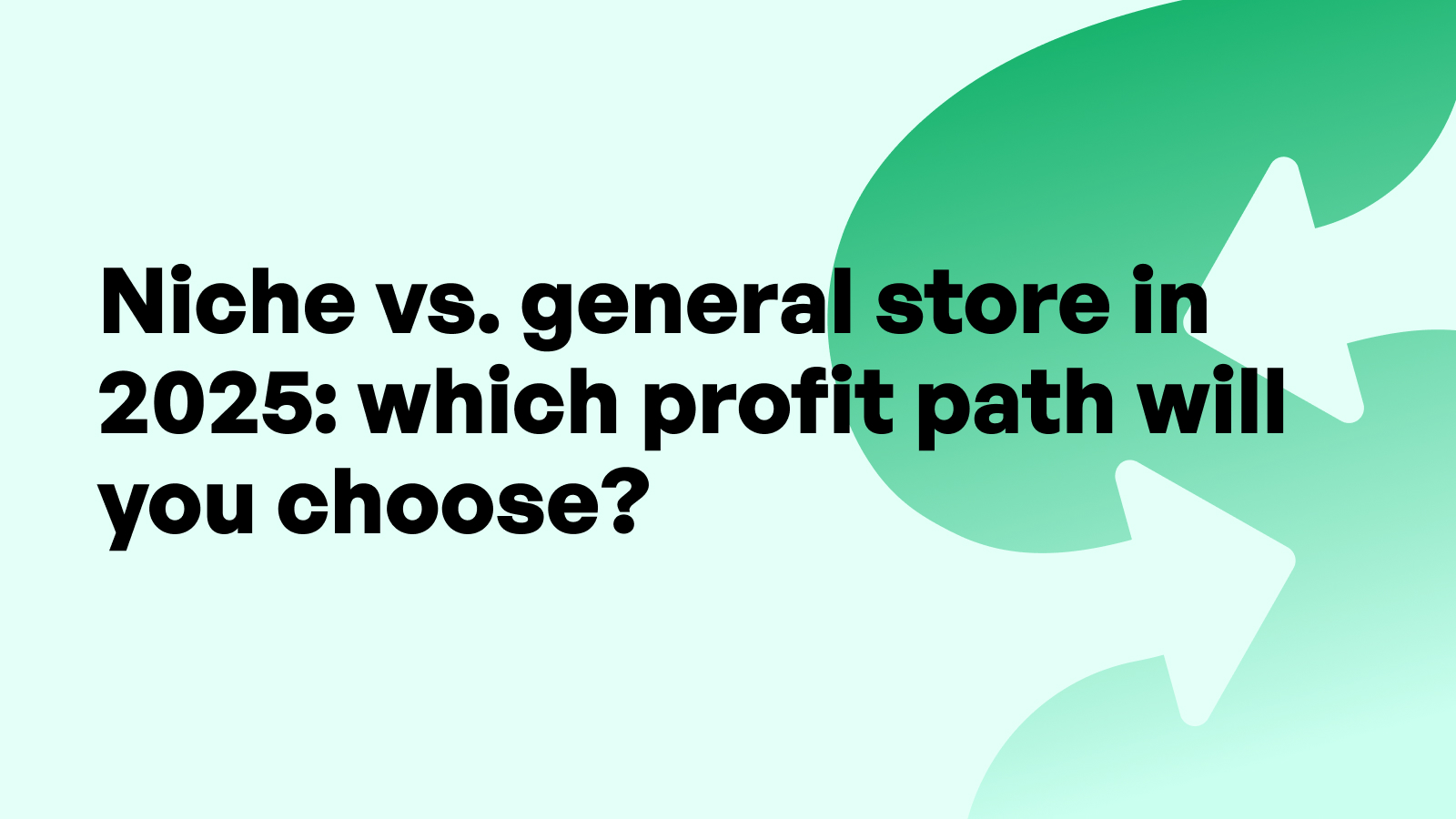The Future of Mobile Commerce and How to Prepare Your Store

Understanding Mobile Commerce Today
The Rise of mCommerce: Global Stats and Trends
The landscape of eCommerce has been irrevocably transformed by the rise of mobile commerce, or mCommerce. Globally, more than 73% of eCommerce sales are now made via mobile devices, with forecasts estimating this will surpass 80% by 2026. Shopify merchants, in particular, are witnessing a strong trend toward mobile-driven discovery, browsing, and transactions, especially in younger demographics and fast-moving consumer categories such as fashion, beauty, and wellness.
This shift is not isolated to mobile browsing alone; in-app purchases, social commerce integrations, and mobile-first design frameworks are all contributing to this revolution. As 5G networks expand and mobile devices become more capable, mobile commerce is becoming more than just a convenience—it’s the expectation.
Shopify merchants must approach mobile commerce not as a supplemental channel but as a central component of their business strategy. Ignoring this evolution will place any store at a disadvantage in today’s hyper-connected, speed-sensitive consumer ecosystem.
Differences Between eCommerce and Mobile Commerce
Although mobile commerce is a subset of eCommerce, there are significant differences in user expectations, interaction patterns, and design requirements. Desktop eCommerce allows for complex navigation, larger real estate, and traditional checkout flows. Conversely, mCommerce demands minimalism, speed, and immediate gratification. Users expect touch-optimized interfaces, faster load times, and fewer friction points when completing purchases on a smartphone.
For Shopify merchants, this means rethinking their digital storefronts through a mobile-first lens. It’s not just about making your store "mobile responsive" but about optimizing the entire shopping journey for small screens and short attention spans. Mobile commerce involves leveraging device capabilities—such as location data, biometric security, and camera functionality—for personalized and efficient experiences.
Shopify’s ecosystem supports this through responsive themes, mobile analytics tools, and integrations that facilitate payment via Apple Pay, Google Pay, and Shop Pay—all essential to succeeding in the mCommerce space.
The Shopify Merchant’s Perspective on Mobile Shoppers
From the merchant’s perspective, mobile shoppers exhibit different behavior than desktop users. They’re often browsing on the go, responding to notifications or ads in real time, and making quick decisions based on social influence or urgency. These micro-moments require streamlined navigation, persuasive product pages, and high-performance mobile UX.
Shopify merchants are also recognizing the growing importance of vertical video formats, short-form content, and mobile-friendly email design. Every marketing and merchandising decision must now be evaluated for its impact on mobile users. This includes how products appear in mobile search results, whether influencers can easily tag products on social apps, and how quickly users can complete checkout on their phone.
The merchants that prioritize mobile-first experiences now are setting themselves up to outperform competitors in both engagement and revenue.
Why Mobile Optimization Is No Longer Optional
Shifting Consumer Behavior Toward Mobile
Consumers today are more mobile-dependent than ever. Research shows that the average American spends over four hours daily on their smartphone, with a significant portion of that time involving shopping or engaging with commerce-related content. Globally, mobile traffic now dominates web traffic across virtually all verticals.
For Shopify merchants, this means adapting to a world where mobile is not the "second screen"—it’s the primary one. Browsing product catalogs, reading reviews, and engaging with brand content often begins and ends on mobile. This shift influences everything from how merchants structure their homepage to the product filtering experience and the design of CTAs.
Notably, younger consumers—Gen Z and millennials—are mobile-first by default. Failing to meet their expectations risks losing brand relevance, not just conversions.
Mobile-First Indexing and SEO Implications
Google’s transition to mobile-first indexing means that the mobile version of your site is now the primary version that its search algorithm considers when ranking pages. If your Shopify store delivers a poor mobile experience, your search visibility can suffer significantly.
This change impacts everything from on-page SEO to site architecture. Shopify merchants must ensure that mobile and desktop content is consistent, that page load times are minimal, and that all critical content (including schema markup, internal links, and structured data) is fully accessible on mobile.
Additionally, mobile page speed is a ranking factor. Shopify store owners should leverage Shopify’s built-in performance tools, eliminate render-blocking scripts, and optimize images specifically for mobile displays. These improvements benefit both user experience and SEO, resulting in higher rankings and more organic traffic.
Cart Abandonment and Mobile Checkout Challenges
One of the biggest pain points in mobile commerce is the checkout experience. According to Baymard Institute, the average cart abandonment rate is around 70%, and it spikes even higher on mobile due to friction, form fatigue, and slow-loading pages.
Shopify merchants must prioritize a streamlined, intuitive checkout process tailored for mobile users. Simplifying address inputs, enabling autofill, and supporting mobile wallets like Shop Pay or Apple Pay can dramatically reduce abandonment rates.
Testing the checkout experience regularly on different mobile devices is essential. Even small improvements—like fewer clicks to purchase or larger CTA buttons—can result in significant revenue lift. For more advanced functionality, apps such as the Self Serve Shopify App can further optimize the post-cart experience, reduce support overhead, and guide customers smoothly to purchase completion.
Key Technologies Powering the Future of Mobile Commerce
Progressive Web Apps (PWAs) and Headless Shopify
Progressive Web Apps (PWAs) are transforming how users experience mobile websites. A PWA combines the reach of the web with the functionality of native apps—offering offline capabilities, push notifications, and lightning-fast performance. For Shopify merchants, implementing a PWA can drastically enhance mobile user retention and satisfaction.
PWAs work well with headless commerce strategies, where the front-end is decoupled from Shopify’s back-end. This approach allows for greater customization, speed improvements, and omnichannel consistency. Developers can tailor the mobile experience without being constrained by theme architecture, enabling merchants to innovate faster.
Shopify Plus merchants, in particular, are turning to headless builds to achieve enterprise-level performance. But even smaller stores can explore PWA frameworks or headless CMS integrations through Shopify apps that reduce development complexity.
5G Connectivity and Real-Time Personalization
The rollout of 5G networks unlocks enormous potential for mobile commerce. With faster data speeds and lower latency, Shopify merchants can offer real-time personalization, high-definition video previews, and near-instant load times. This improves not only user experience but also conversion rates and engagement metrics.
Real-time personalization—driven by user behavior, location data, and browsing history—helps surface the right products at the right time. Shopify apps leveraging AI and machine learning make it easier to deploy dynamic banners, flash offers, and curated bundles on mobile, all of which capitalize on 5G performance.
The move toward experiential retail—think virtual try-ons or 360-degree product views—is supported by these advances. With 5G, even bandwidth-heavy experiences can be seamlessly delivered to mobile users.
Mobile Wallets, Tap-to-Pay, and Instant Checkout
Mobile payment options are rapidly becoming the norm, not the exception. Shopify’s native integrations with mobile wallets like Shop Pay, Apple Pay, and Google Pay ensure that merchants can meet this demand without complex setup.
Tap-to-pay and NFC-based technologies have extended into online checkout flows as consumers grow accustomed to frictionless payments. This is particularly important for Shopify merchants targeting younger demographics or international markets where mobile-first behavior dominates.
Instant checkout options reduce abandonment and enhance user satisfaction. By minimizing data entry and speeding up confirmation steps, these solutions are becoming essential to mobile commerce success.
Mobile UX/UI Design Principles for Shopify Stores
Designing for Touch: Layout, Buttons, and Navigation
Shopify merchants must prioritize interface designs that accommodate touch gestures over clicks. This means larger tap targets, simplified navigation, and sticky buttons for common actions like adding to cart or checking out. Avoiding nested menus and using swipe-friendly carousels can make browsing easier for mobile users. Navigation bars, filters, and product categories should be easy to access with one hand and clearly visible across screen sizes.
Keeping key CTAs within thumb reach can dramatically increase conversions. Users should never have to zoom or scroll excessively to complete basic actions. White space should be used to guide attention, while avoiding visual clutter that can overwhelm smaller screens.
Additionally, Shopify themes that are mobile-optimized by default should be a priority for merchants. Regular A/B testing and mobile heatmaps help identify which layout variations drive the best results.
Reducing Load Time and Mobile Page Bloat
Speed is critical for mobile UX. Studies show that a one-second delay in mobile load time can decrease conversions by 20%. Shopify merchants must regularly audit their stores for performance issues—compressing images, reducing third-party scripts, and eliminating unnecessary apps that inject excessive JavaScript.
Shopify’s built-in CDN and image compression features are a good starting point, but merchants can go further by adopting lazy loading techniques and deferring offscreen elements. Avoiding autoplay videos and minimizing the use of large fonts or animations also reduces the load burden.
Regular speed testing with tools like Google PageSpeed Insights or Lighthouse on mobile settings ensures that any regression in performance is caught early.
Enhancing Mobile Checkout and Payment Flows
Streamlined Mobile Checkout Pages
Mobile checkout design should be singularly focused on reducing cognitive load and the number of interactions required. Shopify merchants can achieve this by limiting form fields, using vertical stacking for clarity, and employing visual progress bars to guide users through multi-step checkout processes. Mobile checkout pages should also save user information securely and enable repeat purchases with ease.
Forms should support autocomplete functionality and real-time error detection, which are critical for preventing drop-offs. Reducing optional fields and deferring non-critical data collection until after the purchase helps smooth the path to conversion.
Autofill, One-Click Payments, and Address Validation
The fewer keystrokes required, the better. Integrating autofill for names, shipping details, and billing addresses significantly improves mobile checkout efficiency. Shopify merchants should also enable one-click payment options using Shop Pay, which retains customer information securely and simplifies future purchases.
Address validation tools ensure that customers enter deliverable addresses, reducing fulfillment issues and increasing post-purchase satisfaction. Shopify’s ecosystem includes multiple third-party apps and native functionality to support this, helping merchants ensure a frictionless transaction from device to doorstep.
Integrating the Self Serve Shopify App for Checkout Automation
One often-overlooked optimization is automating the pre- and post-checkout experience. Shopify merchants can use the Self Serve Shopify App to empower customers with self-service options for order modifications, updates, and even cancellations—without needing to contact support. This enhances the mobile customer experience by making service faster and more accessible directly from their device.
Reducing the number of support touchpoints while maintaining transparency and control strengthens customer trust. The app fits seamlessly into a mobile-first approach, as it complements both streamlined checkout flows and long-term retention strategies.
Personalized Mobile Experiences and Data-Driven Insights
Dynamic Product Recommendations on Mobile
Personalization is no longer a luxury; it's a requirement. Shopify merchants must leverage behavioral data to recommend products dynamically on mobile. Tools within Shopify and third-party apps can help surface items based on recent views, similar shopper profiles, and trending products.
Leveraging Shopify Analytics and Heatmaps
Mobile-specific analytics tools offer granular insights into how customers interact with your store on small screens. Shopify merchants should pay close attention to tap maps, scroll depth, and bounce rates on mobile landing pages.
A/B Testing for Mobile Layouts and Offers
A/B testing is essential to continually refine mobile experience. Test different versions of banners, product display order, CTA placement, and promotions specifically for mobile audiences. Shopify apps like Google Optimize or Convert can streamline testing.
Mobile Marketing Automation and Campaign Strategy
SMS, Push Notifications, and Mobile Email Optimization
Mobile marketing channels have a higher engagement rate than traditional ones. Shopify merchants should implement automated SMS flows for cart recovery, order updates, and VIP promotions. Push notifications from PWAs and mobile-optimized emails also keep users engaged.
Location-Based Offers and Real-Time Triggers
Location data can enhance targeting. Shopify merchants can tailor promotions based on geographic regions, offer in-store pickup to nearby users, or trigger messages when someone enters a specific location radius.
Loyalty Programs and Retargeting for Mobile Users
Reward repeat behavior with mobile-first loyalty programs. Use retargeting tools to serve personalized ads across mobile apps and social platforms, driving users back to the store.
Social Commerce, Voice, and the Mobile Future
Shopping via Instagram, TikTok, and Facebook Shops
Social commerce is a growing component of mobile commerce. Shopify integrates seamlessly with platforms like TikTok Shopping and Instagram Shops, enabling merchants to tag products in posts and stories for direct purchases.
Preparing for Voice Commerce and Smart Devices
Voice search and commerce are emerging trends. Shopify merchants should optimize product titles and descriptions for conversational keywords and prepare to support voice-based browsing and ordering.
Staying Agile: Continuous Mobile Evolution
The mobile landscape evolves rapidly. Shopify merchants must stay agile by following trends, adopting emerging technologies early, and continuously testing mobile performance.
Conclusion: Ready for a Mobile-First Future
Mobile commerce isn’t the future—it’s already here. Shopify merchants who adopt a proactive mobile strategy will outpace competitors by delivering seamless, high-performing, and personalized mobile experiences.
One strategic enhancement is using tools like the Self Serve Shopify App to reduce support friction, streamline post-purchase experiences, and improve customer satisfaction—all from a mobile-friendly dashboard.
FAQs
What are the most important mobile UX elements for Shopify merchants?
The most critical mobile UX elements include responsive layouts, large CTA buttons, simplified navigation, and fast page load speeds. Prioritizing usability and conversion efficiency is key.
How can Shopify merchants reduce cart abandonment on mobile?
Reducing form fields, enabling autofill, integrating mobile wallets like Shop Pay, and simplifying checkout flow are the most effective ways to reduce mobile cart abandonment.
Which mobile marketing channels work best for Shopify stores?
SMS, push notifications, and mobile-optimized email campaigns consistently deliver high engagement rates. Shopify merchants should use automation to maximize impact.
Is mobile-first SEO different from desktop SEO?
Yes. Mobile-first SEO focuses on page speed, responsive design, and ensuring all content is accessible and functional on mobile devices. Google now prioritizes mobile versions for indexing.
What role does personalization play in mobile commerce?
Personalization helps drive conversions and loyalty. Shopify merchants can use AI-driven tools to offer tailored product suggestions, location-based offers, and predictive search results on mobile.



